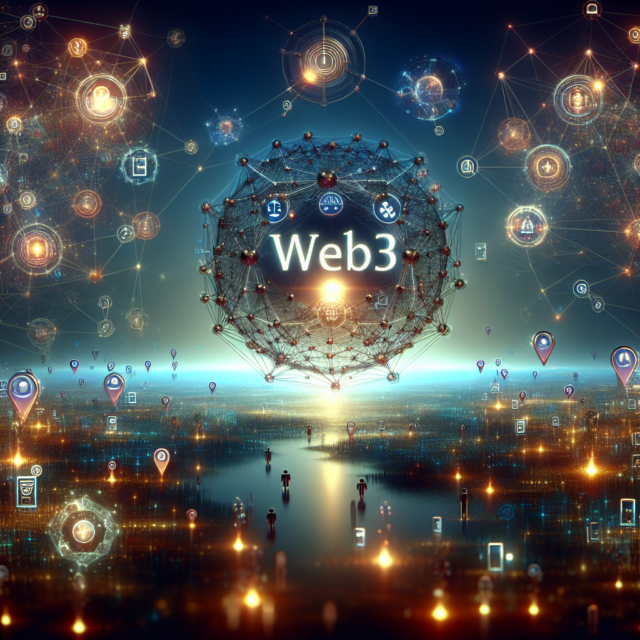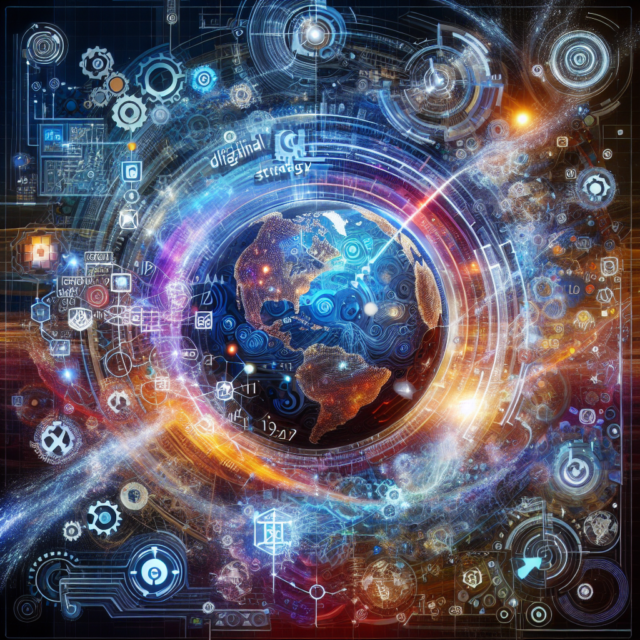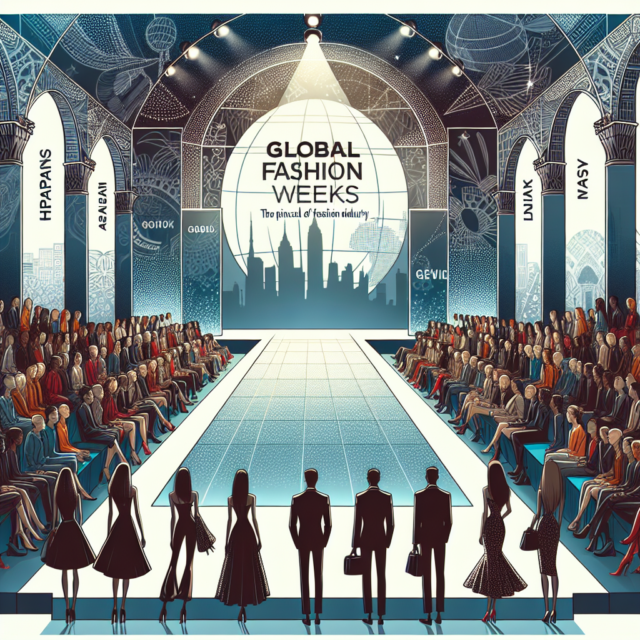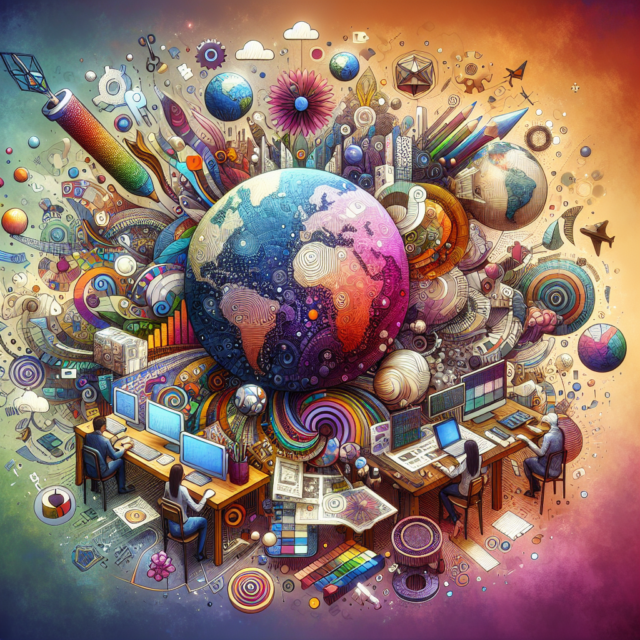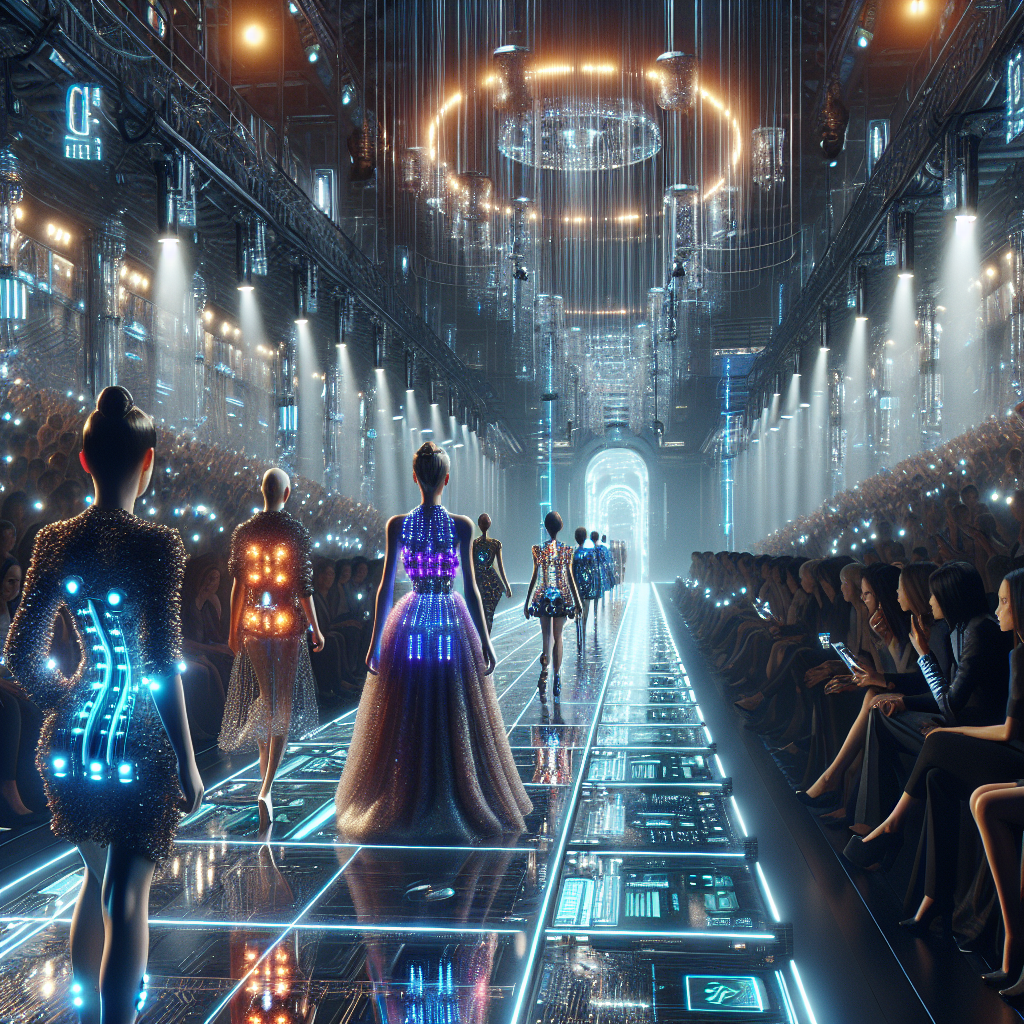Exploring Cutting-Edge Innovations in Web3 Technology
The digital landscape is undergoing a transformative shift with the advent of Web3 technology, a new paradigm that promises to redefine the way we interact with the internet. Unlike its predecessor, Web2, which is largely centralized and controlled by a few major entities, Web3 is built on decentralization, transparency, and user empowerment. This article delves into the cutting-edge innovations in Web3 technology, explores how it is transforming digital interactions, and envisions the future of decentralized technology within this revolutionary framework.
Unveiling the Latest Web3 Innovations
Web3 technology is built on the foundation of blockchain, a decentralized ledger that offers transparency and security. The latest innovations in this space are pushing the boundaries of what is possible. One such innovation is decentralized finance, or DeFi, which allows for financial transactions without intermediaries like banks. This has democratized access to financial services, enabling anyone with internet access to participate in the global economy. DeFi platforms offer services like lending, borrowing, and trading, all executed through smart contracts that automatically enforce agreements.
Another groundbreaking innovation in Web3 is non-fungible tokens (NFTs). These digital assets represent ownership of unique items, from digital art to virtual real estate, and have exploded in popularity. NFTs leverage blockchain technology to provide proof of authenticity and ownership, creating new opportunities for artists and content creators to monetize their work directly. This innovation is reshaping industries by offering new revenue streams and disrupting traditional models of ownership and distribution.
Decentralized autonomous organizations (DAOs) represent another leap forward in Web3 innovation. These organizations operate on blockchain technology and are governed by smart contracts, allowing for decentralized decision-making and management. DAOs have the potential to revolutionize corporate governance by eliminating hierarchical structures and enabling collective decision-making. This innovation empowers communities to come together, pool resources, and manage projects in a transparent and democratic manner.
Interoperability is a key focus in the development of Web3 technologies. Projects like Polkadot and Cosmos are working on creating networks that allow different blockchains to communicate and share information seamlessly. This innovation is crucial for the scalability and usability of Web3 applications, as it enables a more connected and efficient ecosystem. By facilitating cross-chain interactions, these projects are paving the way for a more integrated and cohesive decentralized web.
Privacy and security are paramount in the Web3 space, and innovations like zero-knowledge proofs are making significant strides in this area. Zero-knowledge proofs allow for the verification of information without revealing the information itself, enhancing privacy while maintaining trust. This technology is being integrated into various Web3 applications to ensure that user data remains secure and private, addressing one of the major concerns in the digital age.
Finally, the development of decentralized identity solutions is set to redefine how we manage and protect our digital identities. Projects like DID (Decentralized Identifier) are creating frameworks that give users control over their personal information, allowing them to share only what is necessary and with whom they choose. This innovation has the potential to shift the power dynamic from centralized entities to individuals, promoting data sovereignty and privacy.
How Web3 is Transforming Digital Interactions
Web3 technology is fundamentally changing the way we interact with the digital world by prioritizing user agency and decentralization. One of the most significant transformations is the shift towards peer-to-peer interactions. In the Web3 ecosystem, users can interact directly with one another without the need for intermediaries, thanks to decentralized applications (dApps). These applications run on blockchain networks and offer services ranging from social media to marketplaces, allowing users to connect and transact directly.
Social media platforms are experiencing a transformation with the integration of Web3 technologies. Decentralized social networks are emerging as alternatives to traditional platforms, offering users more control over their content and data. These networks leverage blockchain to ensure that users retain ownership of their posts and can monetize their contributions. This shift is empowering users and challenging the dominance of centralized social media giants.
Web3 is also reshaping digital commerce by introducing decentralized marketplaces that operate without intermediaries. These platforms enable direct transactions between buyers and sellers, often using cryptocurrencies as a medium of exchange. This model reduces transaction fees and increases transparency, offering a more equitable system for participants. As a result, Web3 is creating new opportunities for entrepreneurs and consumers alike, fostering a more inclusive digital economy.
The concept of digital ownership is being redefined through Web3 innovations like NFTs. In traditional digital interactions, users rarely own the content they create or purchase. However, NFTs provide a mechanism for true ownership, allowing users to buy, sell, and trade digital assets freely. This transformation is particularly impactful in the creative industries, where artists and creators can engage with their audiences directly and retain control over their intellectual property.
Web3 is enhancing collaboration and governance through DAOs, which facilitate decentralized decision-making and resource management. These organizations operate transparently on blockchain networks, allowing members to propose and vote on initiatives. This model is transforming how communities and organizations function, enabling more democratic and inclusive participation. DAOs have the potential to disrupt traditional corporate structures, offering a new way to organize and collaborate on a global scale.
Finally, Web3 is transforming digital interactions by prioritizing privacy and security. Traditional digital platforms often require users to surrender personal information, which can be exploited or mishandled. Web3 technologies, such as decentralized identity solutions and zero-knowledge proofs, empower users to control their data and protect their privacy. This shift is fostering a more secure and trustworthy digital environment, where users can interact with confidence.
The Future of Decentralized Technology in Web3
The future of Web3 technology is poised to be a transformative force in the digital landscape, driving decentralization and innovation. As blockchain technology continues to evolve, we can expect Web3 to become more scalable and efficient, addressing current limitations such as transaction speed and energy consumption. Advances in consensus algorithms and layer 2 solutions are set to enhance the performance of blockchain networks, making them more viable for widespread adoption.
Interoperability will play a crucial role in the future of Web3, as it enables seamless communication between different blockchain networks. This connectivity will allow for a more integrated ecosystem, where users can access a wide range of services without being confined to a single platform. Projects focused on cross-chain compatibility will continue to be at the forefront of Web3 development, fostering collaboration and innovation across the decentralized web.
Decentralized finance (DeFi) is expected to expand and mature, offering a broader array of financial services to a global audience. As regulatory frameworks evolve to accommodate DeFi, we can anticipate increased integration with traditional financial systems. This convergence will open up new opportunities for innovation and create a more inclusive financial landscape, where individuals have greater control over their assets and financial decisions.
The rise of decentralized identity solutions is set to redefine how we manage our personal information and interact with digital services. In the future, users will likely have more control over their digital identities, choosing what information to share and with whom. This shift towards data sovereignty will enhance privacy and security, reducing the risks associated with centralized data storage and breaches.
Web3’s impact on governance and collaboration will continue to grow, with DAOs leading the charge. As these organizations become more sophisticated, they will offer new models for managing resources and making decisions. The future may see DAOs playing a significant role in various sectors, from corporate governance to community management, offering a more democratic and transparent approach to organization.
Finally, the future of Web3 will be shaped by its ability to foster innovation and creativity. As the technology matures, it will enable new forms of expression and interaction, empowering creators and users alike. The decentralized nature of Web3 will encourage experimentation and collaboration, leading to the development of novel applications and experiences that redefine how we engage with the digital world.
Web3 technology is at the forefront of a digital revolution, offering a new vision for the internet that emphasizes decentralization, transparency, and user empowerment. From cutting-edge innovations in blockchain and DeFi to the transformative impact on digital interactions, Web3 is reshaping the way we engage with the digital world. As we look to the future, the continued evolution of decentralized technology promises to unlock new possibilities and opportunities, paving the way for a more inclusive, equitable, and innovative digital ecosystem.







